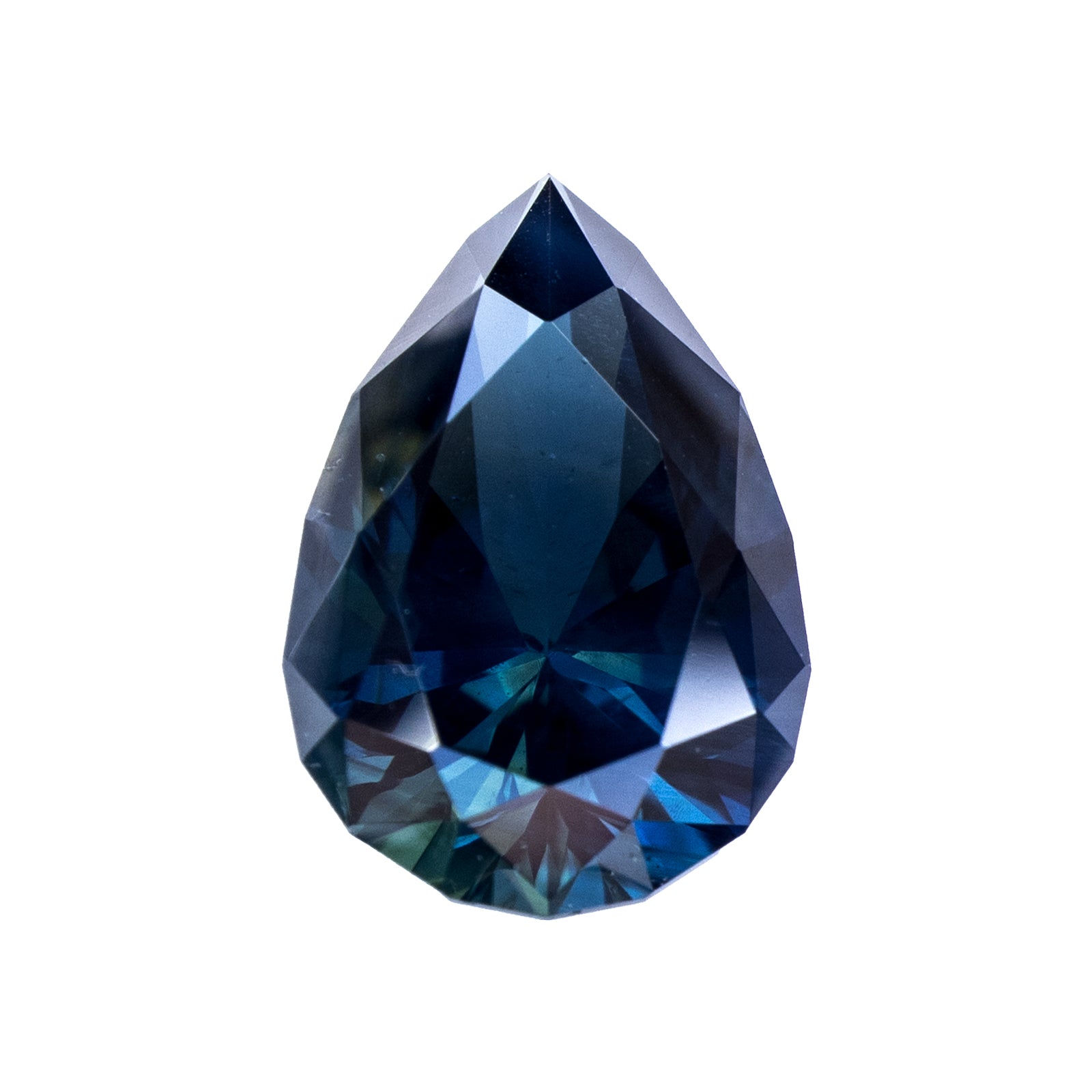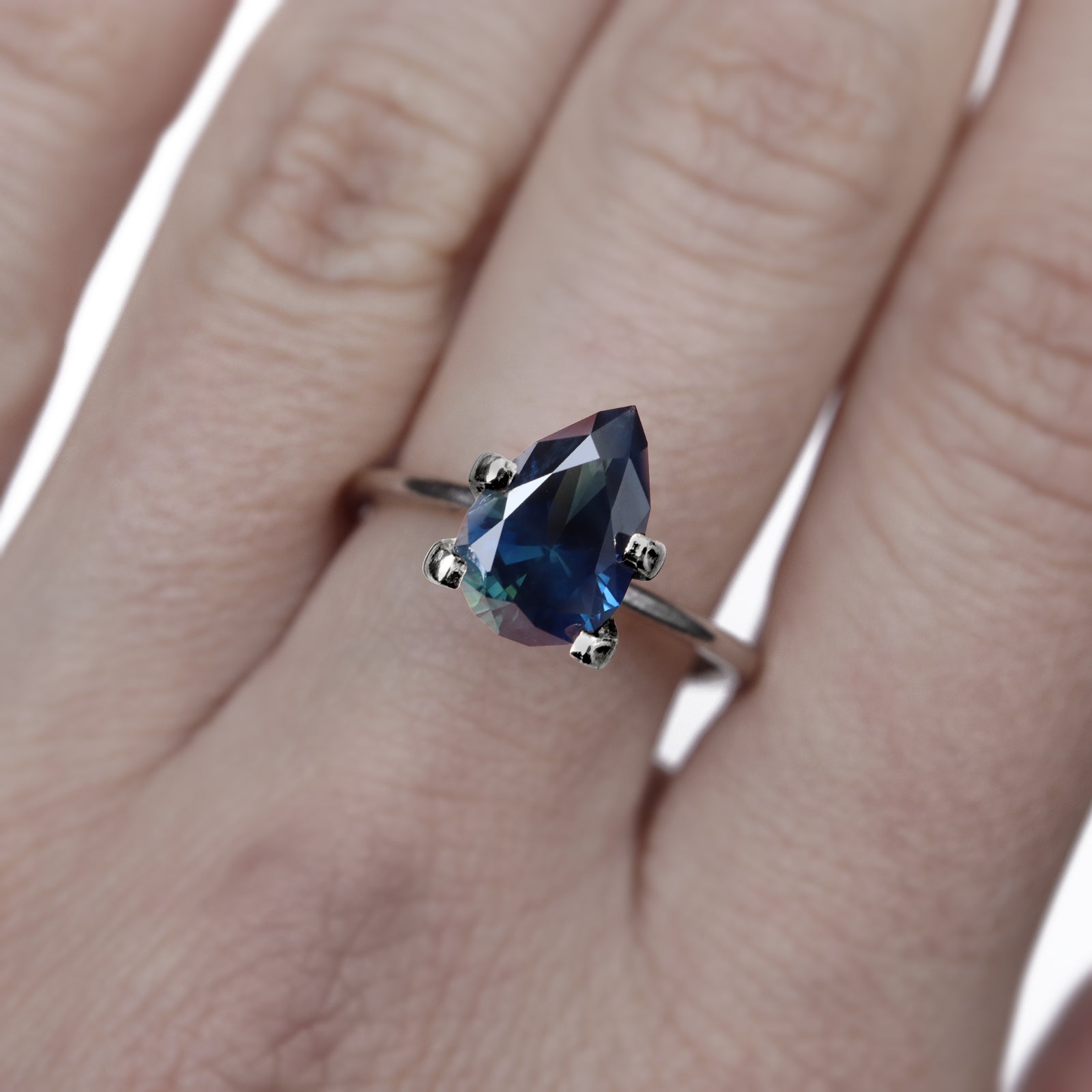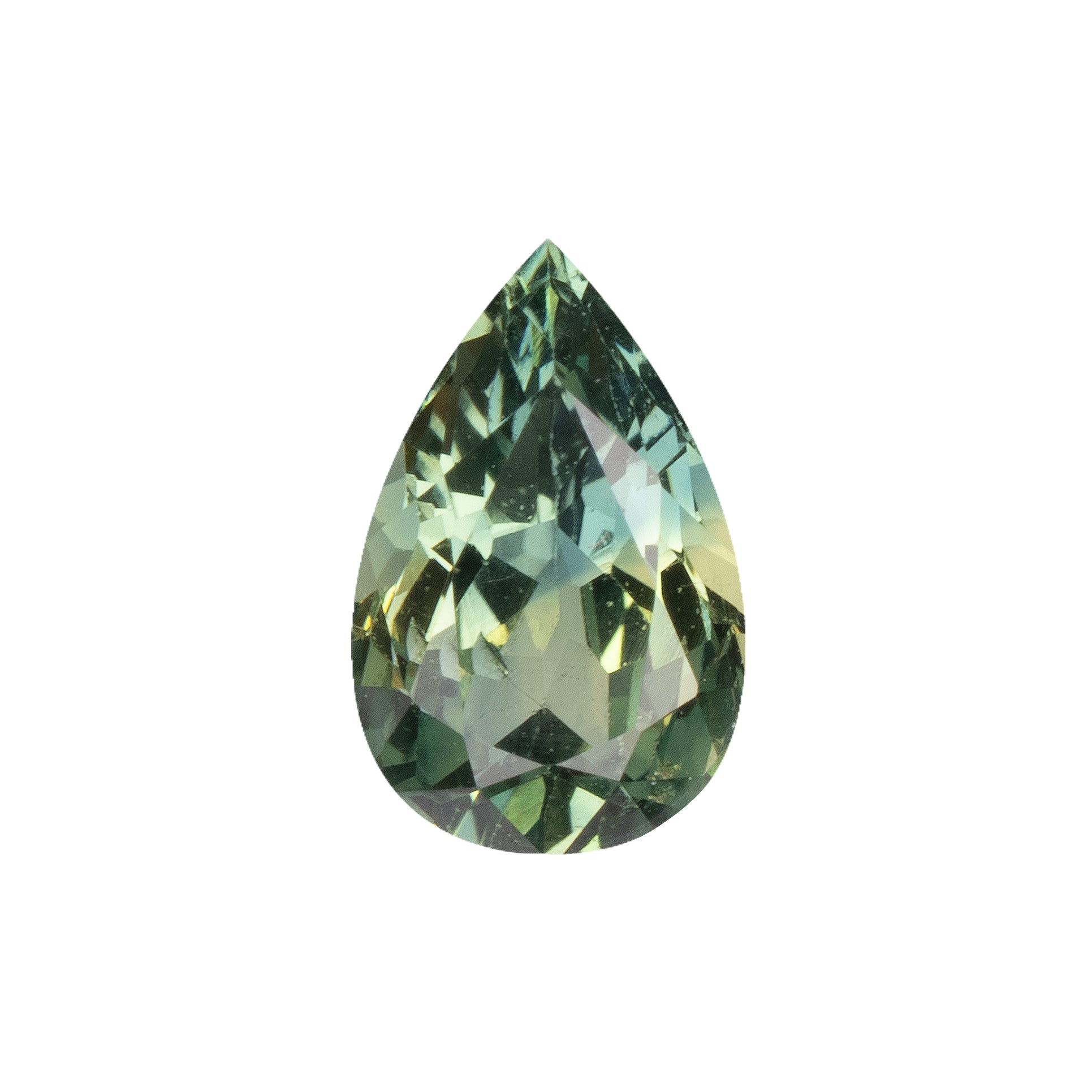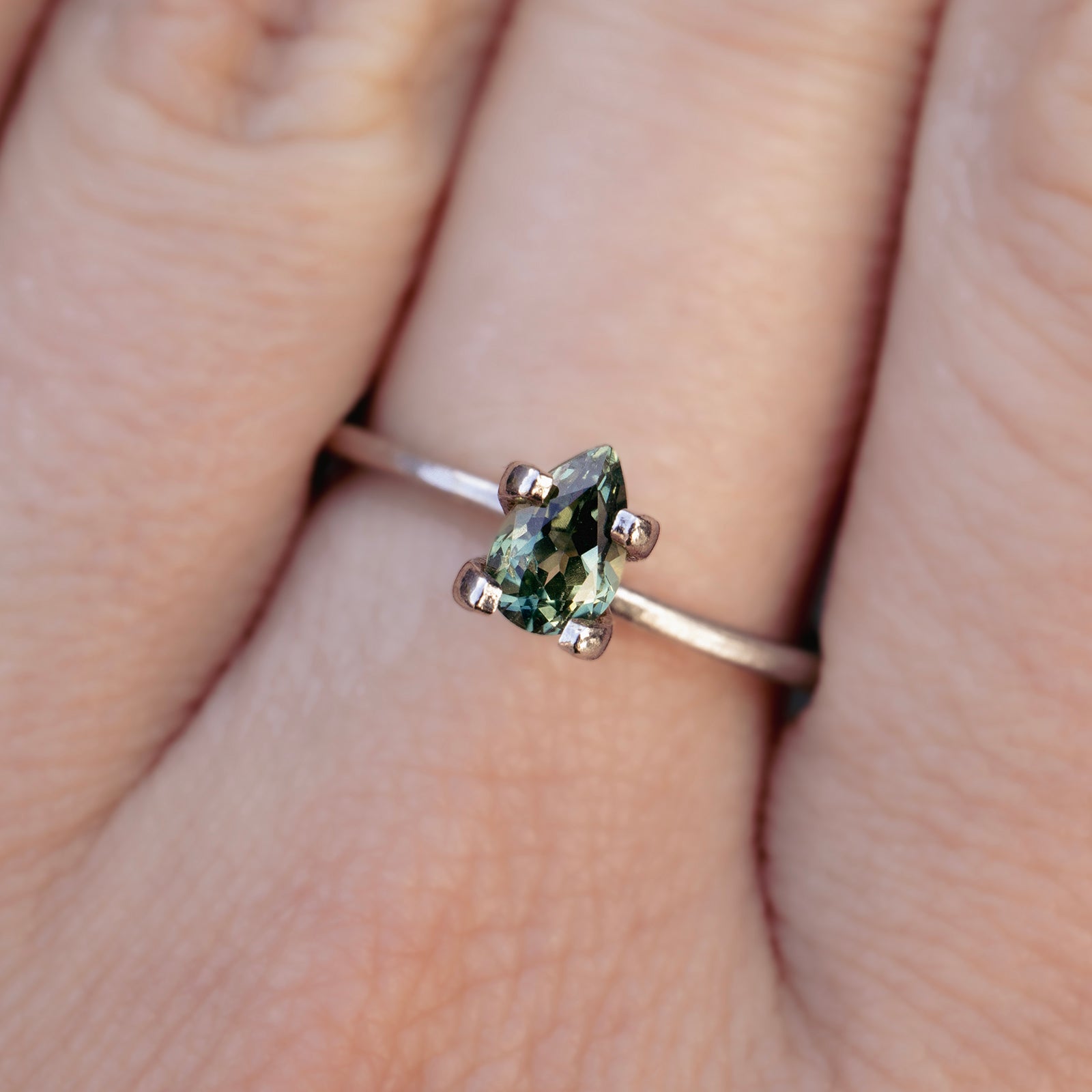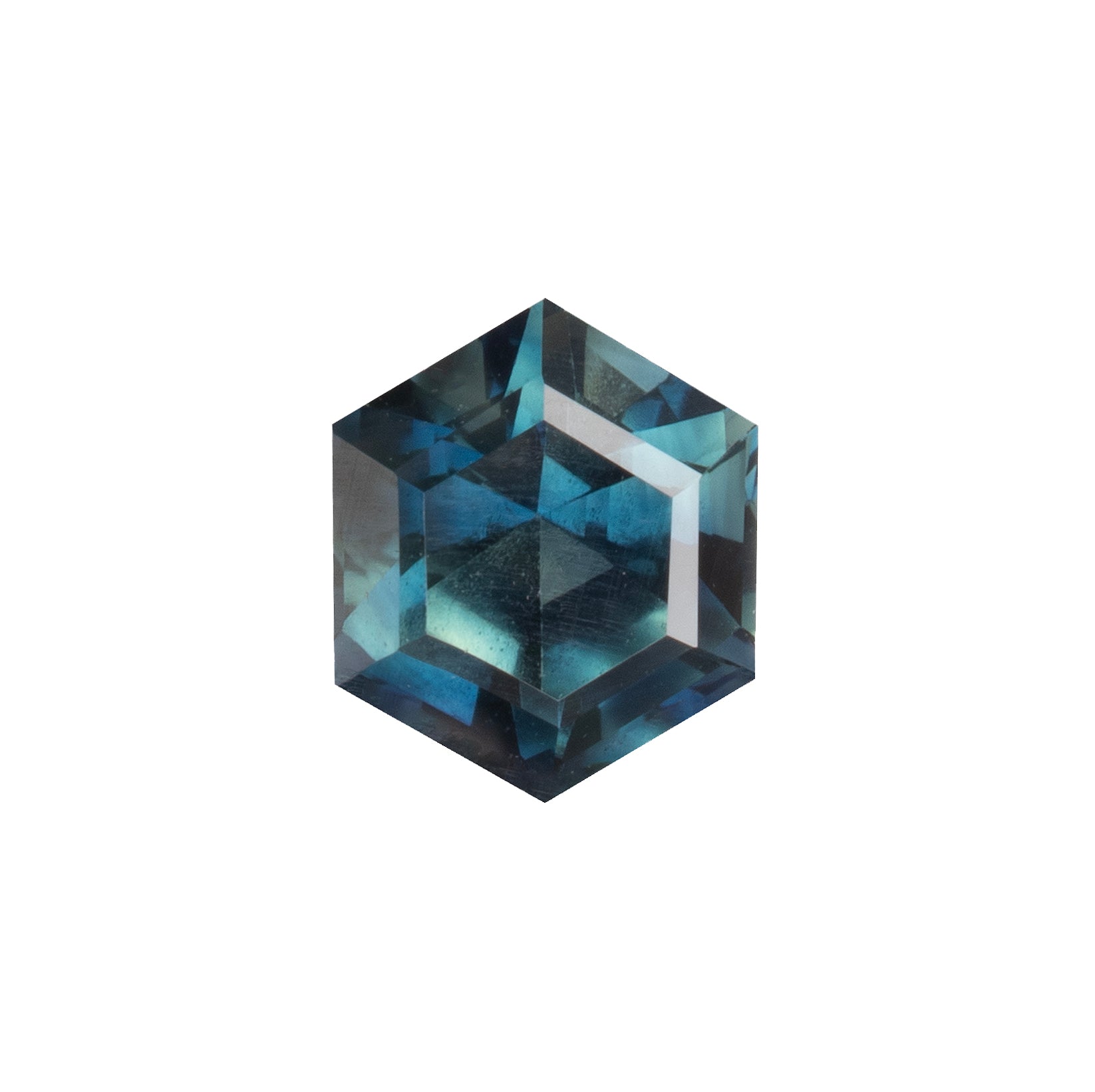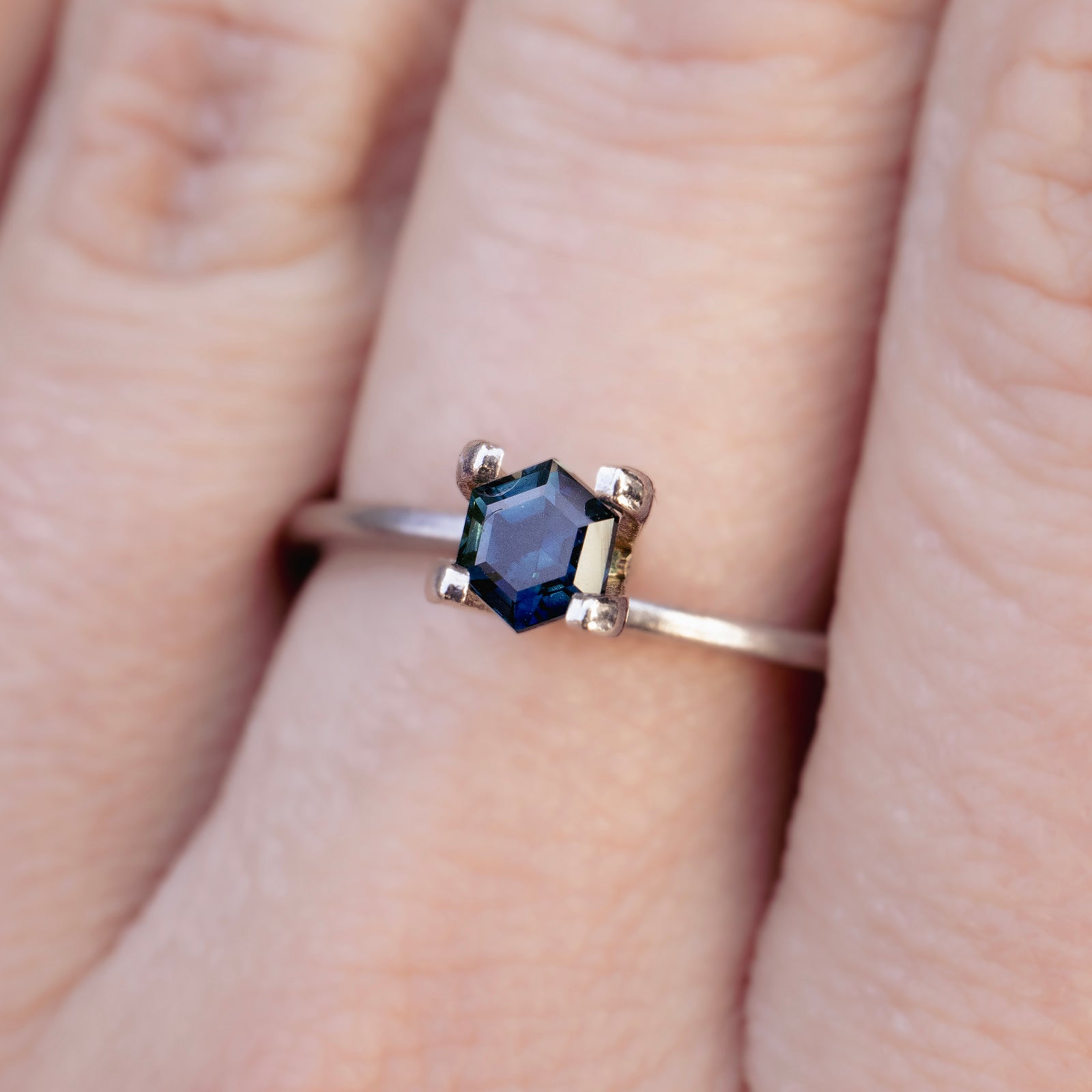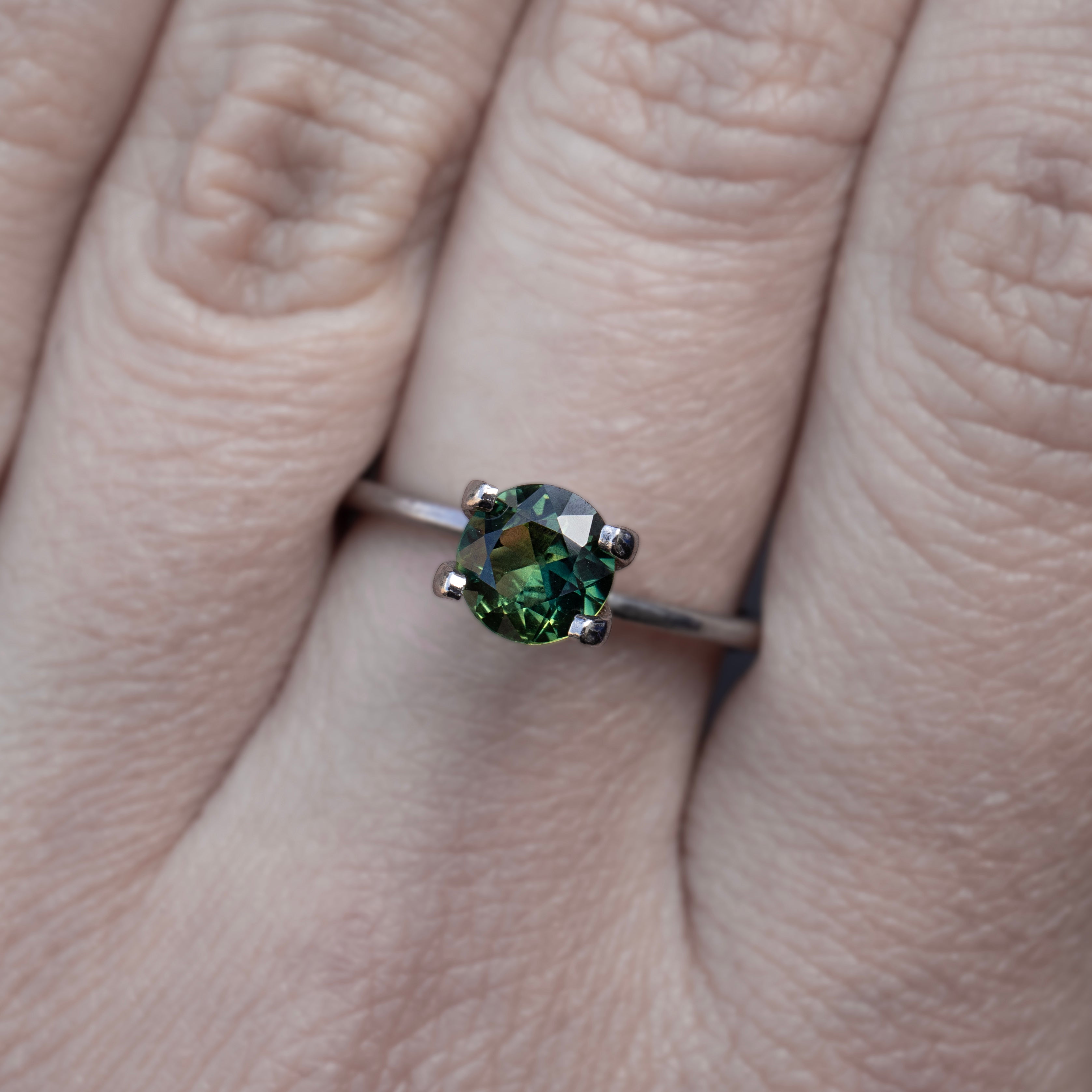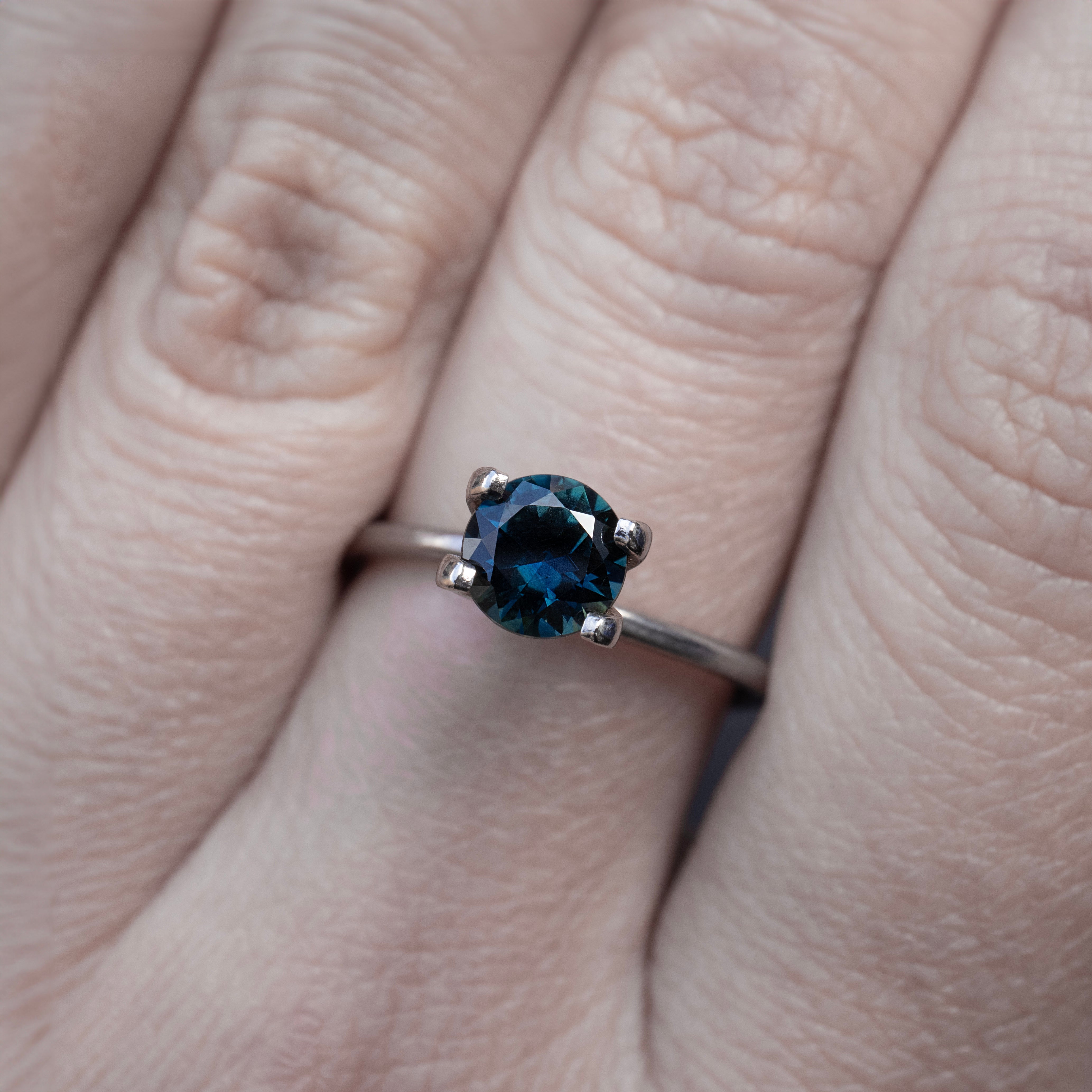MEET YOUR MINERALS
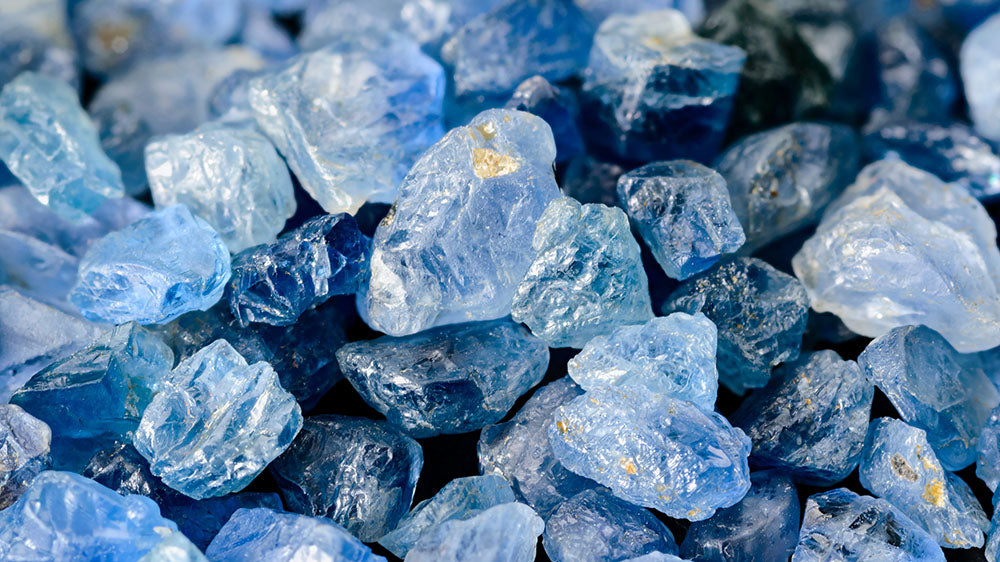
SAPPHIRE
Mineral: Corundum
Birthstone: September
Moh’s Hardness: 9
HISTORY
Historically, Sapphires are best known as symbols of power, strength and wisdom. There are many myths and legends featuring sapphires as magical healing or protecting stones. The choice of royalty, Sapphires were frequently worn around the necks of Kings as powerful amulets, thought to protect the wearer from harm and foster divine favor.
Sapphires are a gem varietiy of the mineral corundum; the other being Ruby. Both Sapphires and Rubies have the same chemical composition and structure. Gems generally get their colour because of certain metals or impurities contained in the mineral. With a Moh's Hardness Scale score of 9, Sapphires are second only in hardness to diamond, giving the wearer confidence in selecting this stone for everyday wear.
BEYOND BLUE
Blue Sapphires are the most common colour that is seen in this mineral, and gems with a rich blue to violet colour are the most traditionally desirable. Containing traces of iron, titanium and nickel, the mineral corundum actually comes in a broad range of colours including green, yellow, blue, orange, black and pink. All colours of corundum are referred to as Sapphires, except the red variety, which alone is exclusively referred to as Ruby.
Sapphires are mined in locations around the globe in regions such as Africa, Australia, Sri Lanka and the United States. The sapphires from the various regions differ from one another in terms of their chemical structure and appearance.

"PARTI" SAPPHIRES
Parti Sapphires, also known as Bi-colour, Tri-colour or Polychrome Sapphires, are a rare type of corundum gemstone that, like Salt & Pepper Diamonds, cannot be be replicated in a lab. Parti stones typically include two or three colours within the same stone, typically in mixes of blues, greens and yellows that perfectly complement one another, emulating similar colours to peacock feathers.
Although Parti Sapphires can be found around the world, Australia is a particularly good region for mining and fossicking these unique and beautiful stones.
ORIGIN OF SPECIES
Sapphires are sourced from several exotic locales around the globe, each adding its unique charm to the stones it yields.
Australian sapphires stand out for their rich, dark blue tones and occasional parti sapphires, which exhibit a blend of blue and yellow. Mined primarily in the New England region of New South Wales and in Central Queensland, these gems are prized for their robustness and unique beauty, reflecting the rugged landscapes from which they emerge.
Ceylon, now known as Sri Lanka, has a storied history with sapphires, particularly noted for producing stones of a light to medium blue color, often described as having a 'cornflower' hue. The island's mines, especially in regions like Ratnapura, are renowned for yielding sapphires that are highly valued for their clarity and lustrous color, making them some of the most sought-after gemstones in the world.
Madagascar, a relatively recent player in the sapphire market, has quickly risen to prominence since the 1990s. The island's deposits are incredibly diverse, producing sapphires in a wide array of colors, from the traditional deep blue to the rare padparadscha, a pink-orange variety. Mines in Ilakaka and other regions have become crucial to the global supply, offering gems that captivate with their range and intensity of colors.
Montana, in the United States, offers a unique contribution to the sapphire landscape. Found in the Yogo Gulch, these sapphires are known for their distinct pastel colour palette and exceptional clarity. Although not as large as those found in other regions, Montana sapphires are highly valued for their natural, unenhanced beauty.
Beyond these locations, sapphires are also mined in countries like Thailand, Kashmir (India), and Myanmar (Burma), each location contributing stones with distinct characteristics. Kashmir sapphires, for instance, are celebrated for their intense blue color and velvety texture, though they are exceedingly rare. Meanwhile, Burmese sapphires are admired for their deep, royal blue hues, and Thai sapphires often exhibit a darker, inky color. Together, these regions contribute to the rich tapestry of sapphires available on the global market, ensuring there's a stone to match every preference and occasion.

WHY CHOOSE SAPPHIRE?
As well as being the second hardest gemstone variety, Corundum is a truly beautiful mineral that comes in an array of soul-stirring colours that make each stone different and special. Unlike White Diamonds, which have a narrow scale for grading colour (and therefore all look the same) Sapphires are a wonderful choice for a unique piece of jewellery with incredible longevity.
It also is much easier to trace a Sapphire back to its mine of origin than it is for a Diamond. This is because most Sapphires come from small mines, run by families or local groups and not large, industrial mines.

